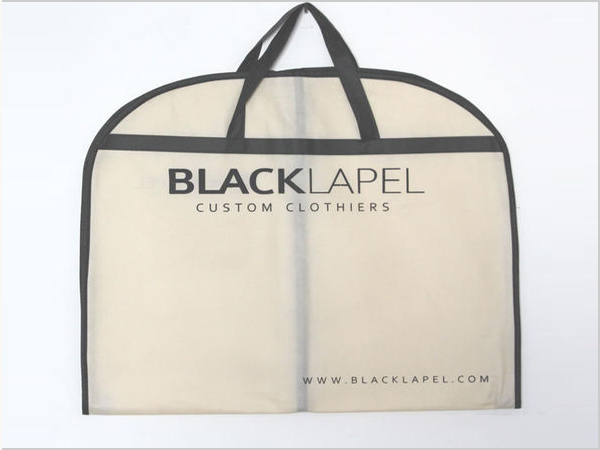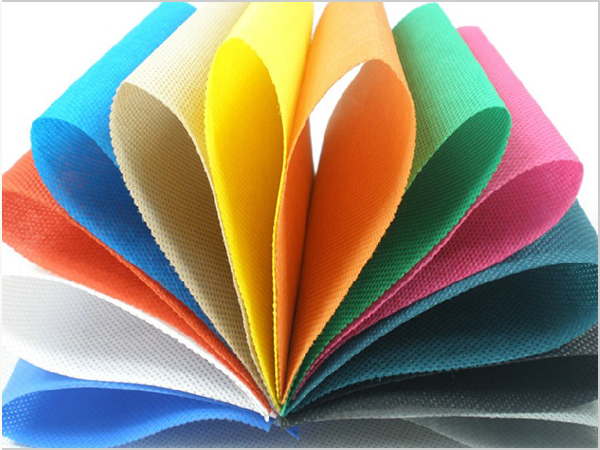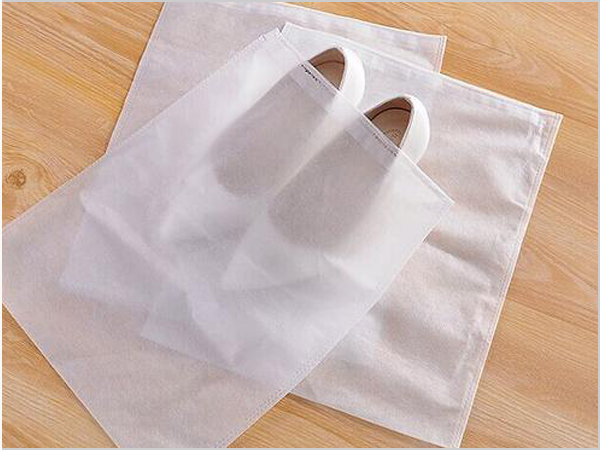- Xiangshuo has stood out in the field of spunbond nonwoven fabrics!
- How should enterprises respond to the impact of repeated tariffs
- PP non-woven fabric is a new type of environmental protection material!
- Under the tariff challenge, the textile and garment industry has a new opportunity
- Spunbonded non-woven fabric is an efficient, multi-functional modern material!

- Telephone: 0551- 66779966
- Cellphone: 18955130444
- Email: 58792982@qq.com
- Address: Building 1-2, East of Wubu Village Section, Hehuai Road, Wushan Town, Changfeng County, Hefei City, Anhui Province
With the United States implementing tariff policies on Vietnam, some enterprises have become concerned about their investment and trade in Vietnam. In recent years, economic and trade cooperation between China and Vietnam has been continuously deepened, and the two sides have achieved remarkable results in many fields. In 2024, the bilateral trade volume between China and Vietnam reached 260.65 billion US dollars, increasing by 13.5% year-on-year. China has remained Vietnam's largest trading partner for over 20 consecutive years.
The Year of Cultural and People-to-people Exchanges between China and Vietnam
This year marks the 75th anniversary of the establishment of diplomatic relations between China and Vietnam and the "Year of People-To-People and Cultural Exchanges between China and Vietnam". Hold more friendly activities that are down-to-earth and popular among the people, and strengthen cooperation in tourism, culture, media, health and other fields.
Future opportunities for China-Vietnam cooperation
Cross-border railway cooperation between China and Vietnam has been continuously deepened, and the feasibility study of the standard gauge railway from Lao CAI to Hanoi and Haiphong has been basically completed. The construction of smart ports is also advancing steadily. For instance, the Youyiguan - Friendship Freight Channel Smart Port project will enable 24-hour unmanned customs clearance operations. Cooperation between China and Vietnam in emerging fields such as the digital economy, green economy and clean energy has been continuously strengthened. With the construction of the China-Asean Free Trade Area Version 3.0 and the quality improvement and upgrading of the RCEP, more opportunities will come for cooperation between the two sides in these fields.
The impact brought by repeated tariffs
However, it is also worth noting that in 2024, the loss rate of FDI enterprises in Vietnam reached as high as 56%, with a cumulative loss amount of 8.85 billion US dollars. Traditional contract manufacturing industries such as textiles and electronics were significantly affected by the reduction in orders from Europe and the United States. Furthermore, from the repeated impact of the current US tariffs to the country's own manufacturing traps, the withdrawal of foreign capital and infrastructure bottlenecks and other factors, the country's future economic development will still be full of challenges.
Strategies for responding to tariff challenges
Enterprises can optimize the product structure, increase the added value of products and reduce the impact of tariffs on profits. Meanwhile, efforts should be made to enhance technological research and development as well as innovation, and improve the competitiveness of products to cope with the cost increase pressure brought about by tariffs. Actively expand other overseas markets, such as the Belt and Road Initiative, the European Union, ASEAN, etc. It provides more market opportunities for enterprises and reduces their reliance on a single market.
Although the tariff policy of the United States against Vietnam has brought challenges to some enterprises, the solid foundation of economic and trade cooperation between China and Vietnam, Vietnam's economic advantages and potential, as well as the cooperation opportunities in emerging fields between the two sides, all make going global to Vietnam still have a good prospect. However, is Vietnam worth long-term investment? In such a complex international trade environment, enterprises still need to weigh the pros and cons.
Declaration: The content of this article is compiled from the Internet and the copyright belongs to the original author. If there is any infringement, please inform us in time and contact us for deletion.
- Xiangshuo has stood out in the field of spunbond nonwoven fabrics!
- How should enterprises respond to the impact of repeated tariffs
- PP non-woven fabric is a new type of environmental protection material!
- Under the tariff challenge, the textile and garment industry has a new opportunity
- Spunbonded non-woven fabric is an efficient, multi-functional modern material!
- By the wind of gold, silver and silver, Keqiao Textile set sail
- PP non-woven fabrics occupy an important position in many fields!
- Textile industry is tested How should textile people cope with such challenges?
- What is the production process of spunbonded nonwovens?
- How to achieve revenue growth driven by policy dividend and technological revolution?



